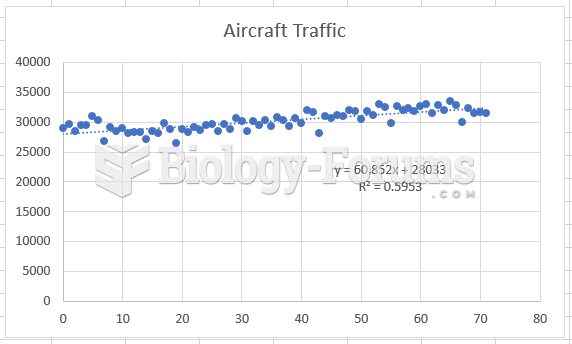- Grade 11 and 12 Mathematics (Moderator: geoffrey)
|
|
|
- Grade 11 and 12 Mathematics (Moderator: geoffrey)
Drug-induced pharmacodynamic effects manifested in older adults include drug-induced renal toxicity, which can be a major factor when these adults are experiencing other kidney problems.
About one in five American adults and teenagers have had a genital herpes infection—and most of them don't know it. People with genital herpes have at least twice the risk of becoming infected with HIV if exposed to it than those people who do not have genital herpes.
For pediatric patients, intravenous fluids are the most commonly cited products involved in medication errors that are reported to the USP.
Egg cells are about the size of a grain of sand. They are formed inside of a female's ovaries before she is even born.
Human kidneys will clean about 1 million gallons of blood in an average lifetime.







